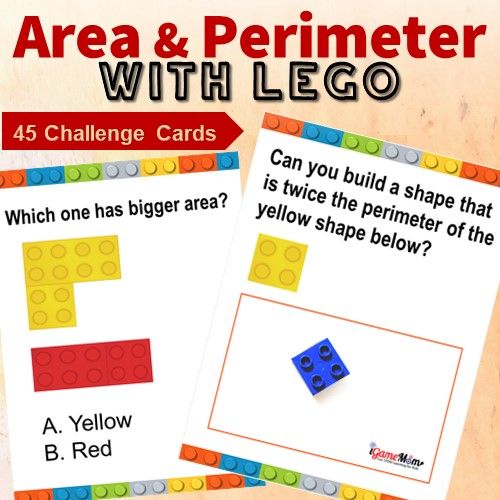How much do you kids know about money? Do they know how to budget and save? Do they have the basic knowledge on investment? Children will live on their own sooner or later, these basic financial literacy knowledge is the most fundamental life skills they need to be successful in life.
Teach Kids Financial Skills When Shopping with Real Money

How to teach kids these skills? It is best to start early and it is best to use real life scenarios that they can relate to. Depending on kids age and the family’s financial situation, there are many ways to make the learning relevant to kids’ life. One way every family can do is to shop together. Before shopping, give kids a certain amount of money. At the store, ask kids to figure out how much of each item can they buy with the money they have. For older kids, you can increase the complexity by giving them a bigger number, then ask them to budget on multiple items.
Here is a shopping example: You have $20, and you want to have one apple or one pear each day, and you want to have at least one apple each week. Go to the store to check out the price for apple and pear, then decide how many apples and how many peals we should have, so we have the most fruit with apple and pear combined, and we will stay within our $20 budget.
Teach Kids Financial Skills with Their Own Bank and Investment Accounts
Another very good way to teach financial skills is to open a real bank account or an investment account for your child. You don’t have to give them a lot money to open an account. For most kids account, you can open one with as little as $10. Then you can use a financial management tool, like Onist to show kids the data with their own money.
Every financial institute have online tools, but I like Onist for the selective sharing option. When you open an account for kids, most times you will have to open one with you as custodian for the account, which means it is tied to your account. One thing was annoying to me when I tried to share the bank data with kids is I have to be very careful not to share my own bank account data to kids. Since it is all tied together, it is hard not to. This is when Onist’s selective sharing comes handy. You can just share one particular account with kids. When kids log in, they will just see their own accounts. This makes the experience a lot cleaner with minimal distraction.
RELATED: 10 Money Games to Raise Money Smart Kids
Another feature I like about Onist is you can put all your account from different institutions at one place. As you can see below, you want to kids put their money into 4 buckets, saving, spending, investing, and donating. Savings usually is in a bank account, and investments is usually best with an investment form. With Onist, we are able to go over all the information kids need see at one place. Given kids short attention span, this makes it a lot easier to keep kids engaged through out the discussion in one sitting.
Basic Questions to Discuss with Kids Before Opening Financial Accounts
What do you talk about when looking at the financial information together?
Before reviewing the financial data together, you want to first discuss several basic questions with them. It is good ideas to help them set up the percentage for each of the 4 buckets: spend, save, invest, and donate.
How much do you want save each month?
How much do you want spend each month?
How much do you want to invest each month?
Where do you want to put your investment money?
How much do you want donate each month?
What do you do when you don’t have enough money to buy the things you want to buy?
Discussions to Have When Reviewing Financial Accounts with Kids
Once kids have the basic principles, each time when you review their accounts, you can help them think through these questions:
Are you stay on target with your spending budget?
If not, are you over or below your spending limit?
Is you saving on target? How much interest have you earned?
What do you plan to do with your savings? Depending on kids saving goal, you can work with them to figure out how long it takes to reach the goal.
Which organization will you donate your money to? Is there anything else you can do to help the organization?
Is your investment account growing or declining? Do you think it is time to make changes on the investments?
Do you have suggestions on discussion topics with kids?
Starting early on financial literacy and financial skills is the best way to raise money smart kids. It is hard to believe how many adults are financial illiterate, since it is not a required subject in schools. When we raise our kids, we tend to think academic skills only. But life skills such as money management skills is more important for a happy life. Please get started now. If you are getting started, do it with real life scenarios, go shop with kids, open bank and investment accounts with kids, and manage the accounts with an easy financial tool, like onist, where you can selectively share accounts with kids and look at data from different financial institutes. You can start onist for free. If you decide you don’t need advanced features, you can stay at the free account.
Looking for more resources for teaching kids financial skills? You will like 10 Money Games Teaching Kids Financial Skills.





